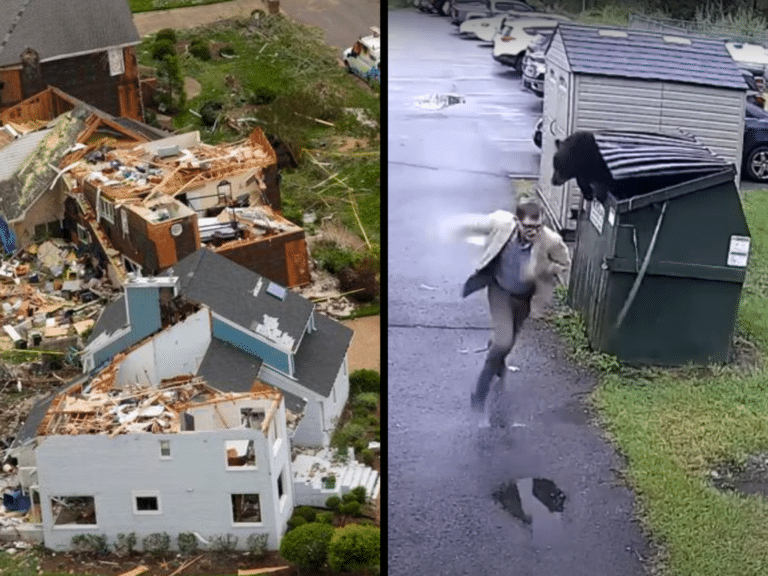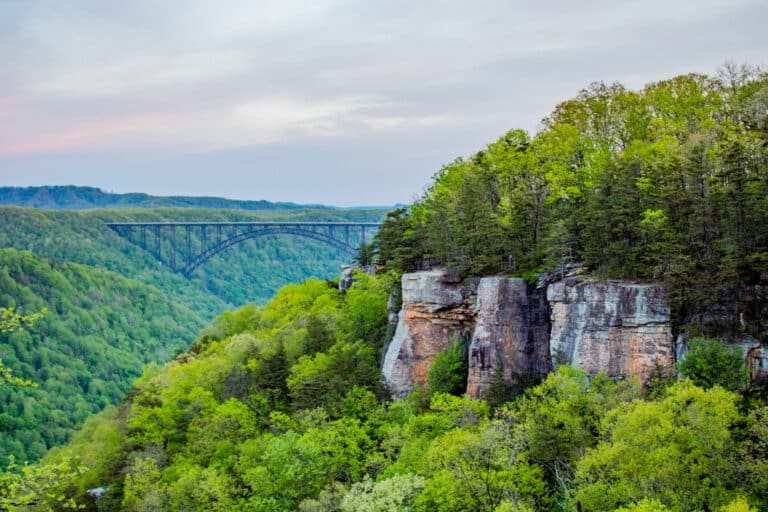A shot rang out in the political world earlier this year when Secretary of the Interior Dirk Kempthorne announced plans to change a 25-year-old rule that prohibited carrying loaded weapons in National Parks.
The new rule would allow loaded gun possession to be determined on a state-by-state basis. Opponents say the amendment is completely unnecessary and will only jeopardize the public safety of the 300 million people who visit national parks every year. It will also cause confusion in parks that sit within two states with different gun laws. For instance, Great Falls National Park has parts in Maryland, which prohibits loaded weapons in a park, and Virginia, which allows them.
“We believe that the current regulation is working well, and it is reasonable,” says Bryan Faehner of the National Parks Conservation Association. “National parks carry the highest designation in the country as the most sacred pieces of land with a uniform set of regulations. This will only lower that threshold.”
Opponents, who also include the Association of National Park Rangers and the Coalition of the National Park Service Retirees, say this proposed rule change will exacerbate the widespread problem of poaching in national parks. In 2004, a sting operation between the Virginia Department of Game and Inland Fisheries and the National Park Service revealed the extensive poaching of black bears and wild American ginseng from Shenandoah National Park for sales on the Asian black market.
Kempthorne has been accused of pandering to the National Rifle Association, which has been applying pressure in Washington for the gun amendment. Earlier this year, 51 state senators (42 Republicans and 9 Democrats) sent the secretary a letter asking him to change the rule. Publicly, the NRA is claiming this is a safety issue and spreading a message that Americans should have a right to protect themselves in national parks.
“You read stories about people attacked by animals or who stumble upon meth labs or women who are raped in a national park,” the NRA’s chief lobbyist, Chris W. Cox, said in a story in The New York Times.
But statistics have shown that a person has a one in 708,333 chance of becoming a victim of a violent crime in a national park—giving people a greater probability of getting struck by lightning. Wildlife attacks are also extremely rare. Between 1900 and 2003 there were only 52 black bear fatalities recorded in North America. And it is well documented that a shot bear is usually an angry bear that is rarely incapacitated and always more aggressive.
The NRA has also been accused of riling up supporters during an election year to get the rule changed.
“I don’t think it’s a surprise that this happened during an election year,” says Faehner. “This has more to do with politics than anything else. The NRA is trying to create a problem that does not exist.”
Action groups aren’t the only ones speaking out against the amendment. Seven former National Park Service directors have drafted letters opposing an amendment.
In a letter to Congressman Nick Rahall, Chairman of the House Committee on Natural Resources, former Park Service Director Mary Bomar wrote, “After careful review of our records and actions, we believe that the existing regulations provide necessary and consistent enforcement parameters throughout the National Park System.”







